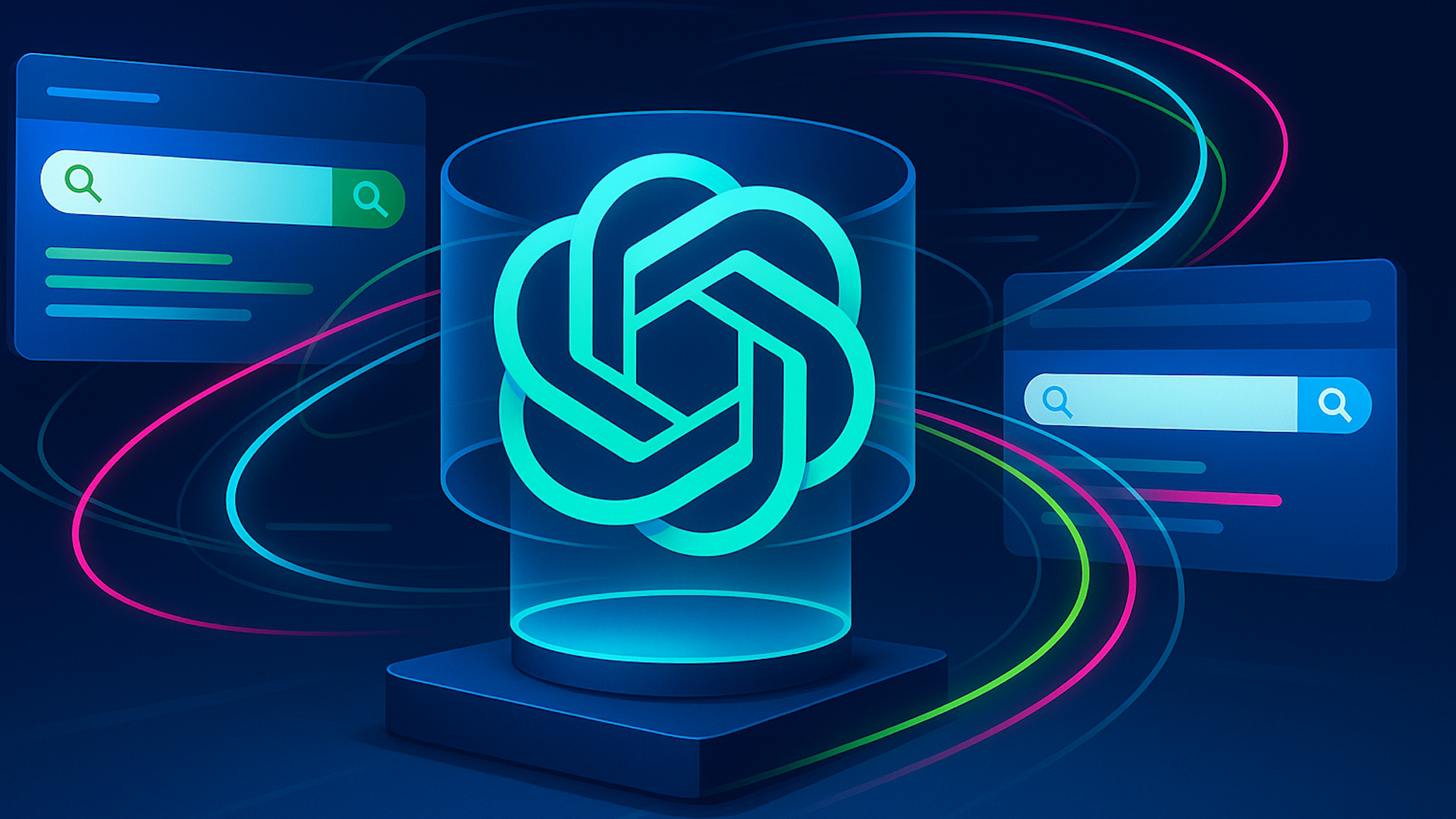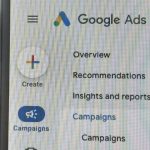ChatGPT Atlas browser could drain ad budgets by mimicking human clicks

Following OpenAI’s launch of ChatGPT Atlas, software company Search Atlas flagged a major issue: the AI-powered browser can interact with websites in a way that looks indistinguishable from real human users, including clicking on paid advertisements.
Why we care. Businesses running digital ad campaigns could unknowingly pay for clicks generated by AI agents, not real prospects. The technology also threatens to corrupt analytics data, making it harder to measure genuine traffic and user behavior.
The problem. ChatGPT Atlas is built on Google Chrome, so ad networks and websites perceive its activity as a legitimate user.
- Every AI click on sponsored posts can trigger ad spend just like a real visitor.
- Website metrics may become unreliable, affecting marketing decisions and ROI.
- Most platforms ban bot traffic, but current detection methods cannot flag AI agents like ChatGPT Atlas.
What to do. Look for unusual traffic spikes or patterns in your analytics, as well as odd click behavior or declining conversion rates. If irregular activity is detected, inform marketing teams and ad providers.
Industry implications. Search Atlas founder Manick Bhan warned this could push platforms like Google and Meta to develop new standards for distinguishing human traffic from AI agents. He predicts the rise of AI-driven agents operating in the background will make separating human and AI activity critical for accurate measurement and protecting ad budgets.
Bottom line. As AI browsers gain adoption, brands may face hidden costs and unreliable data unless new detection tools and standards are developed – signaling both risk and opportunity for innovation in ad measurement and traffic verification.








Recent Comments